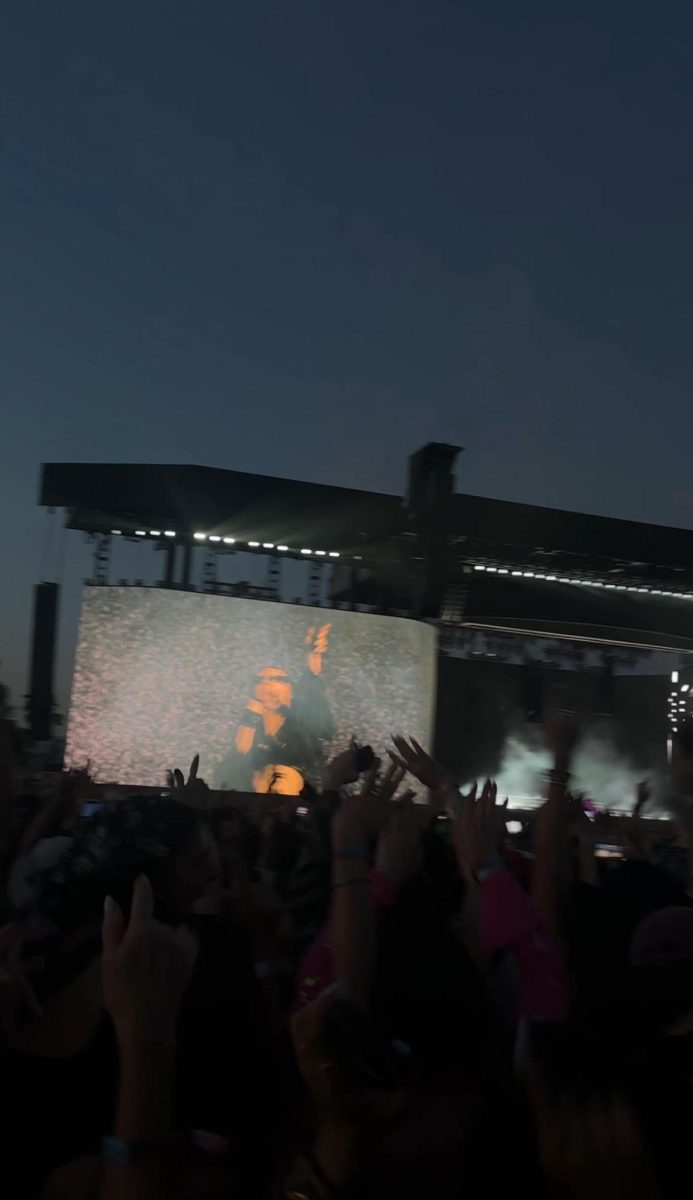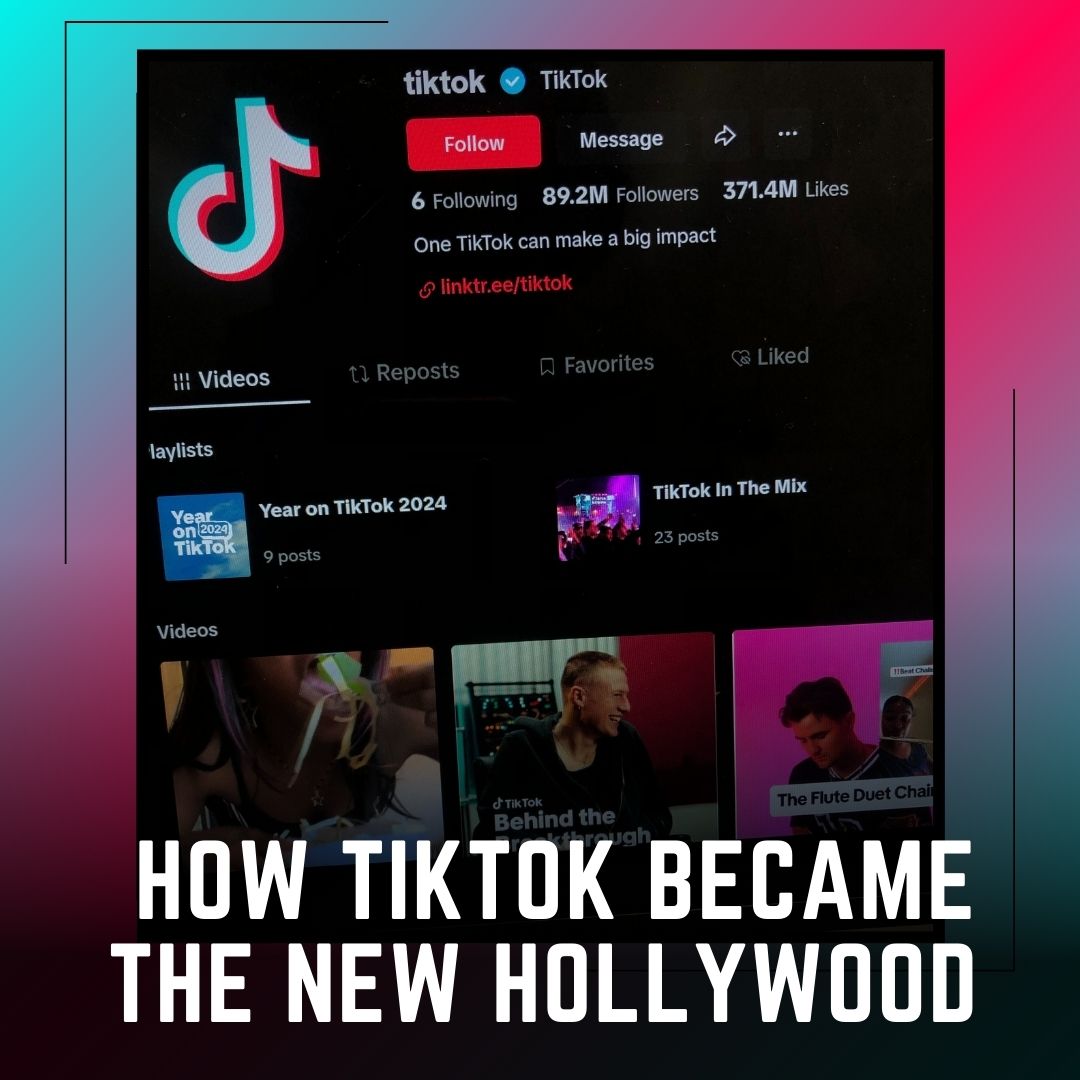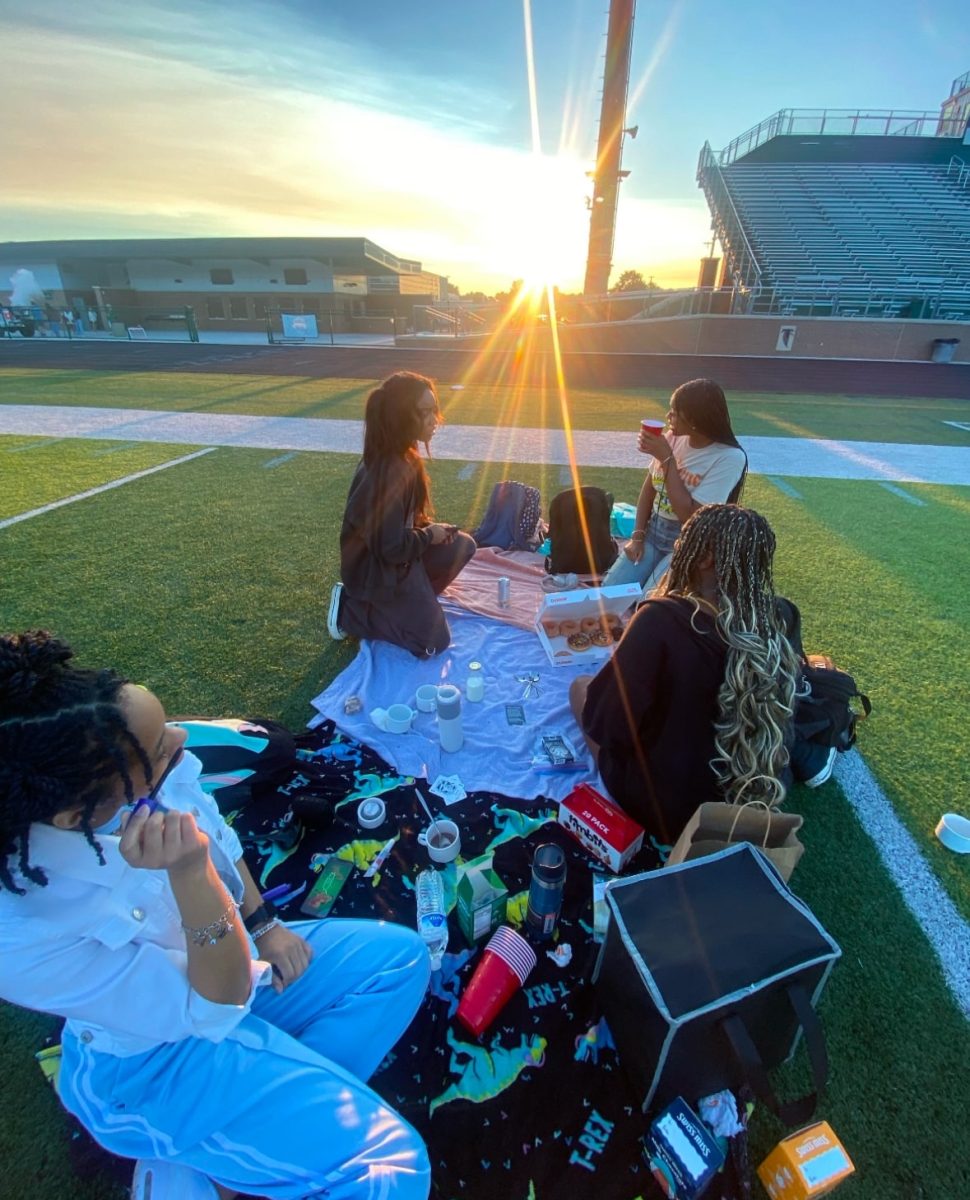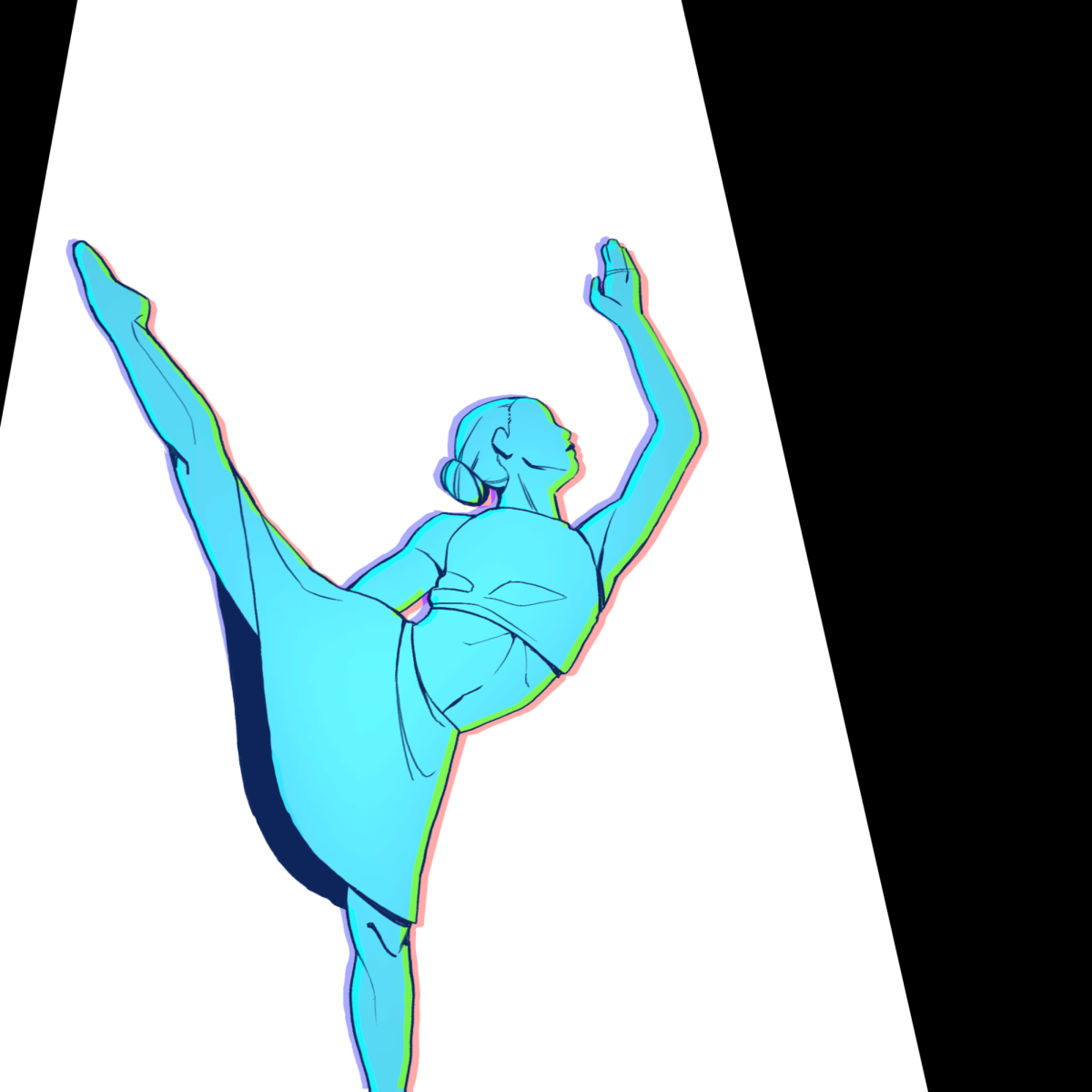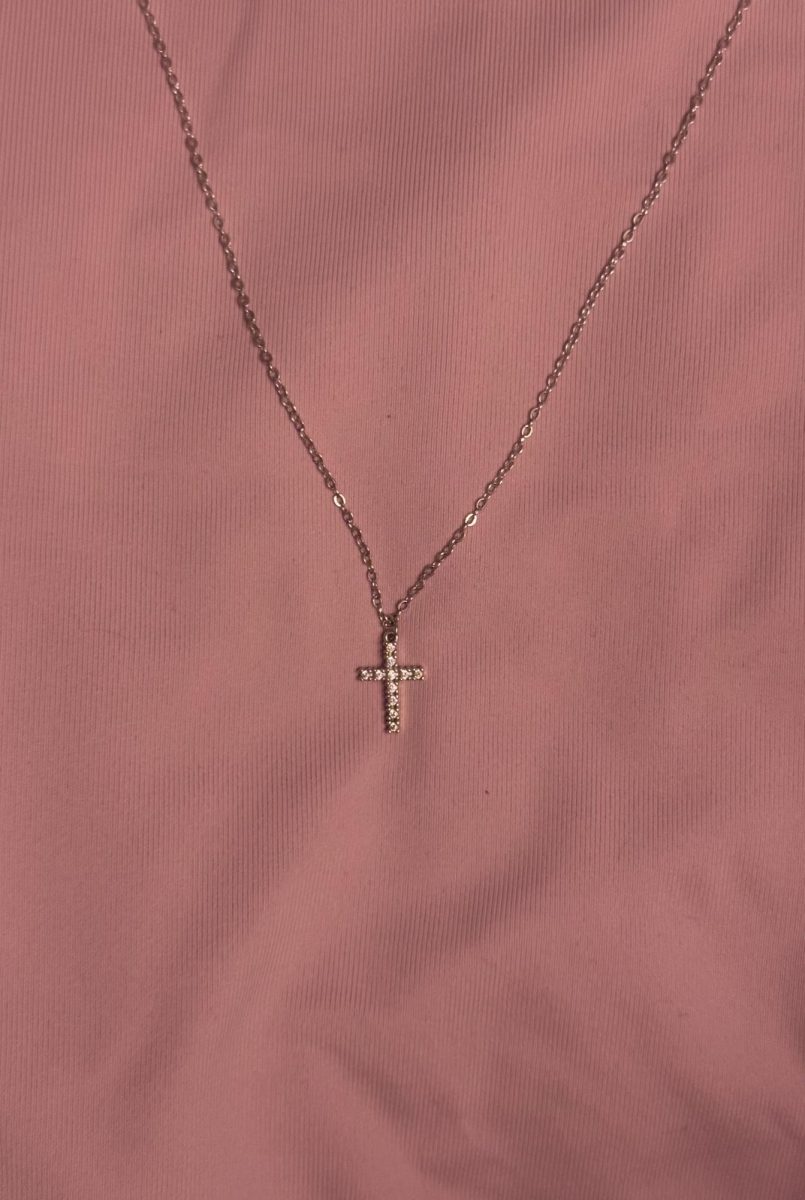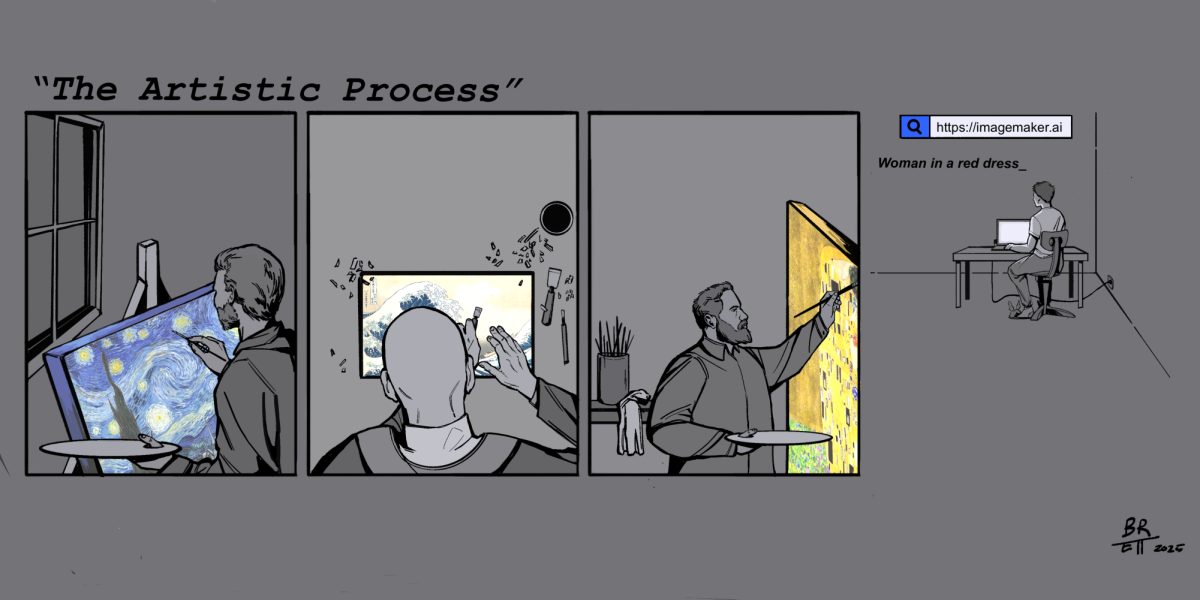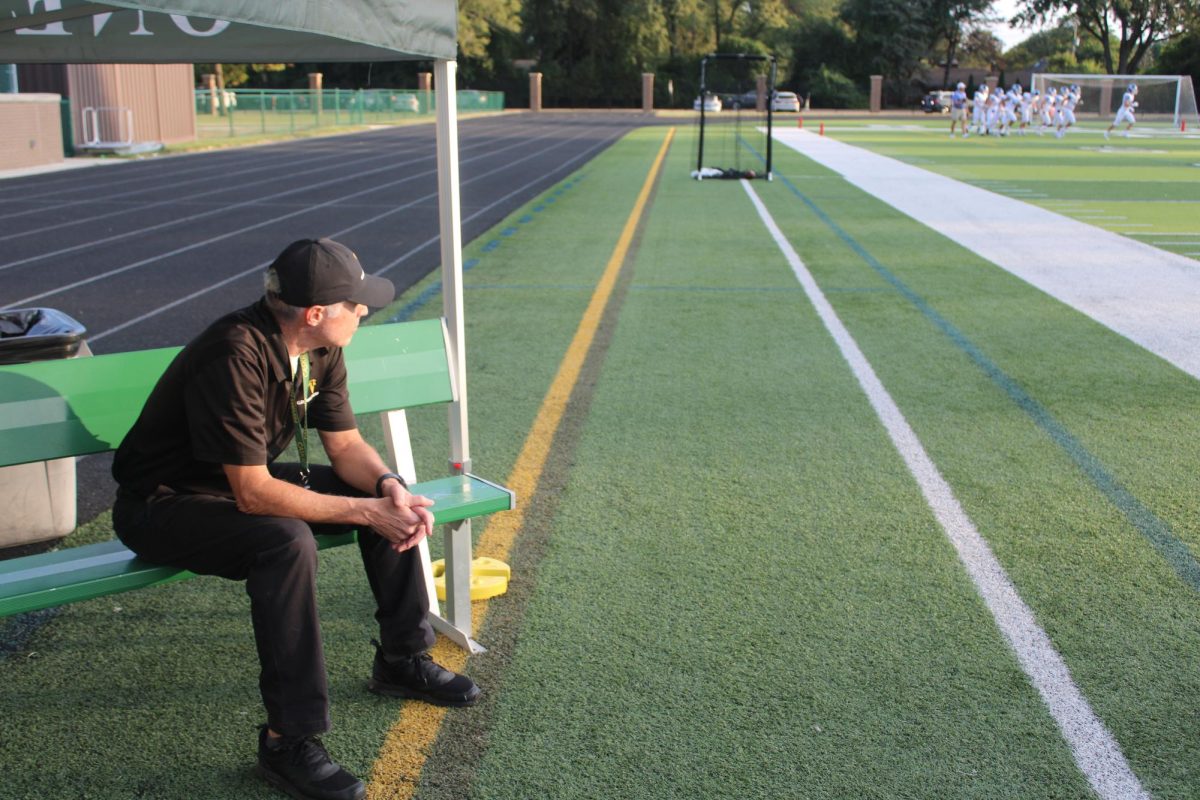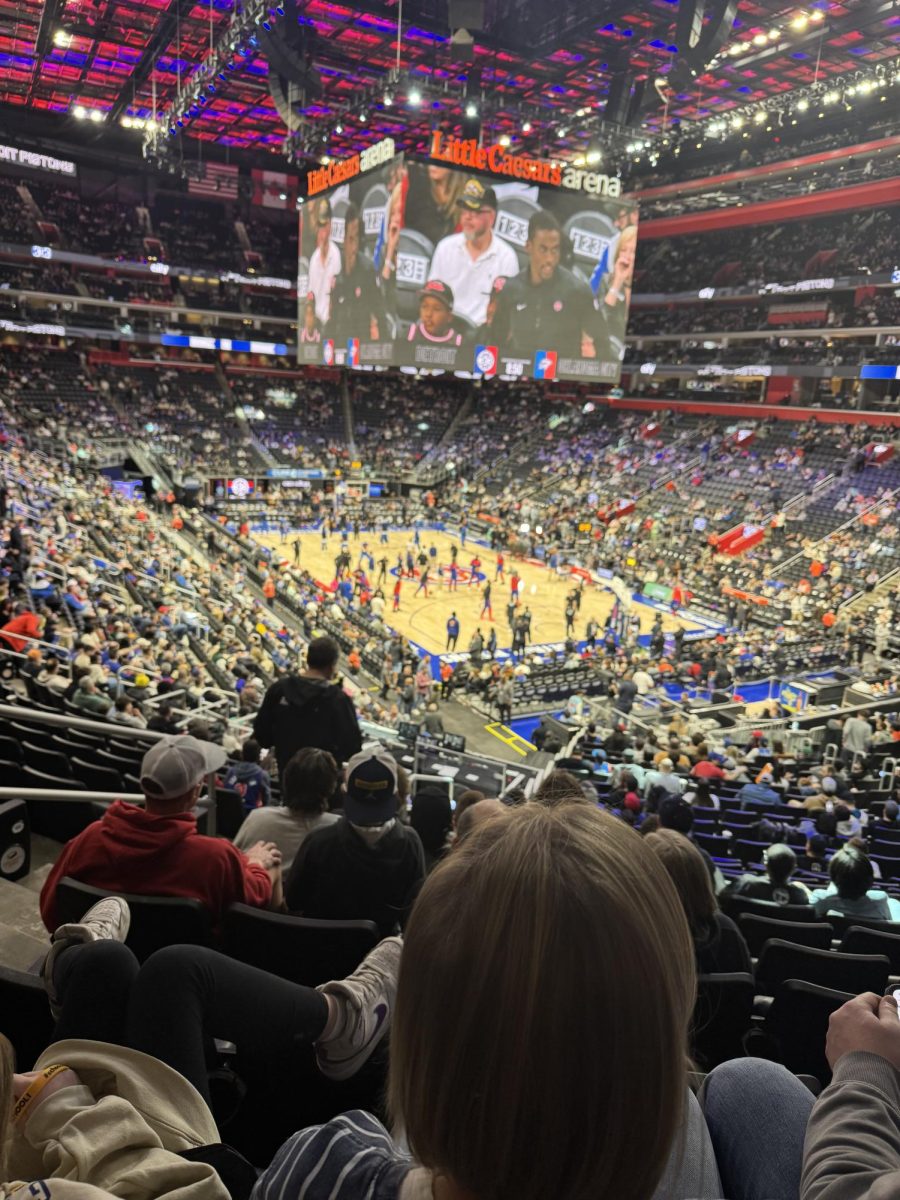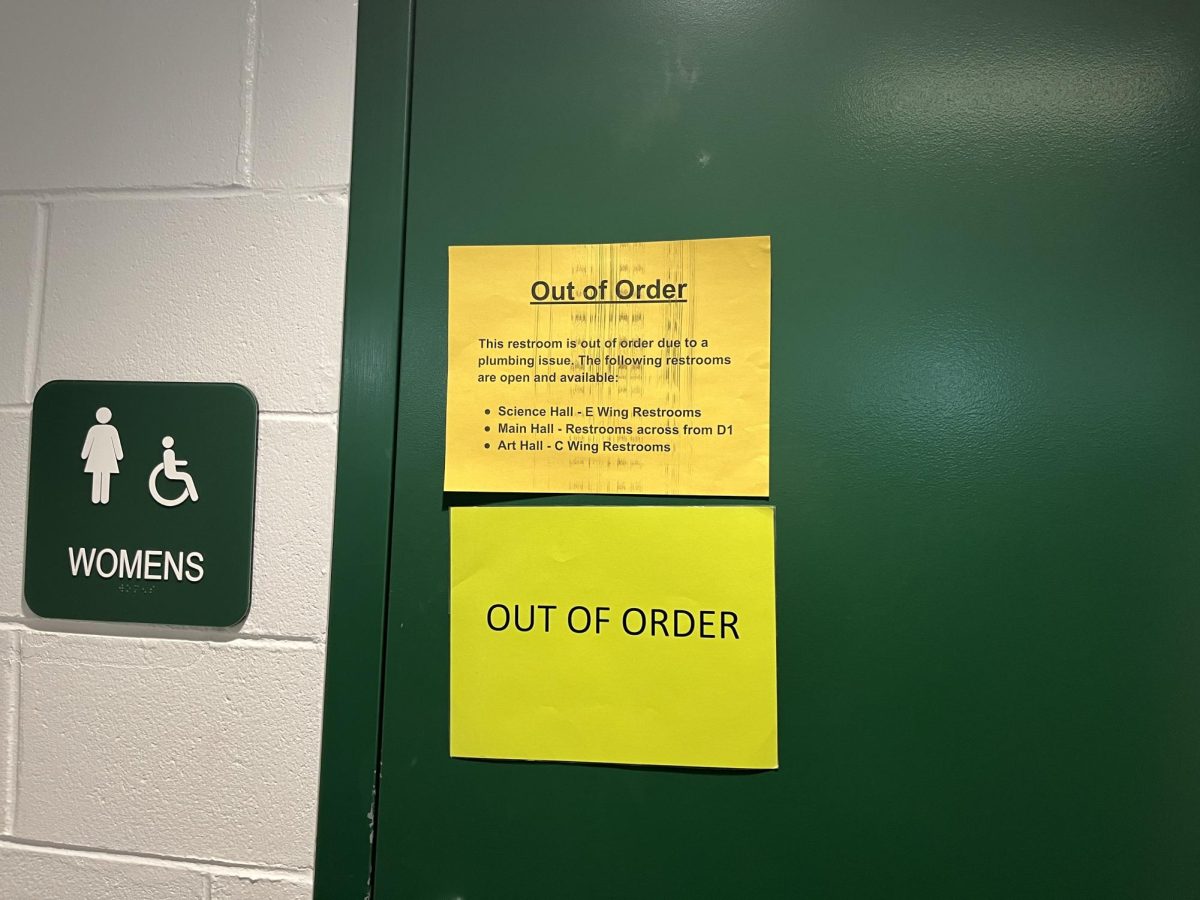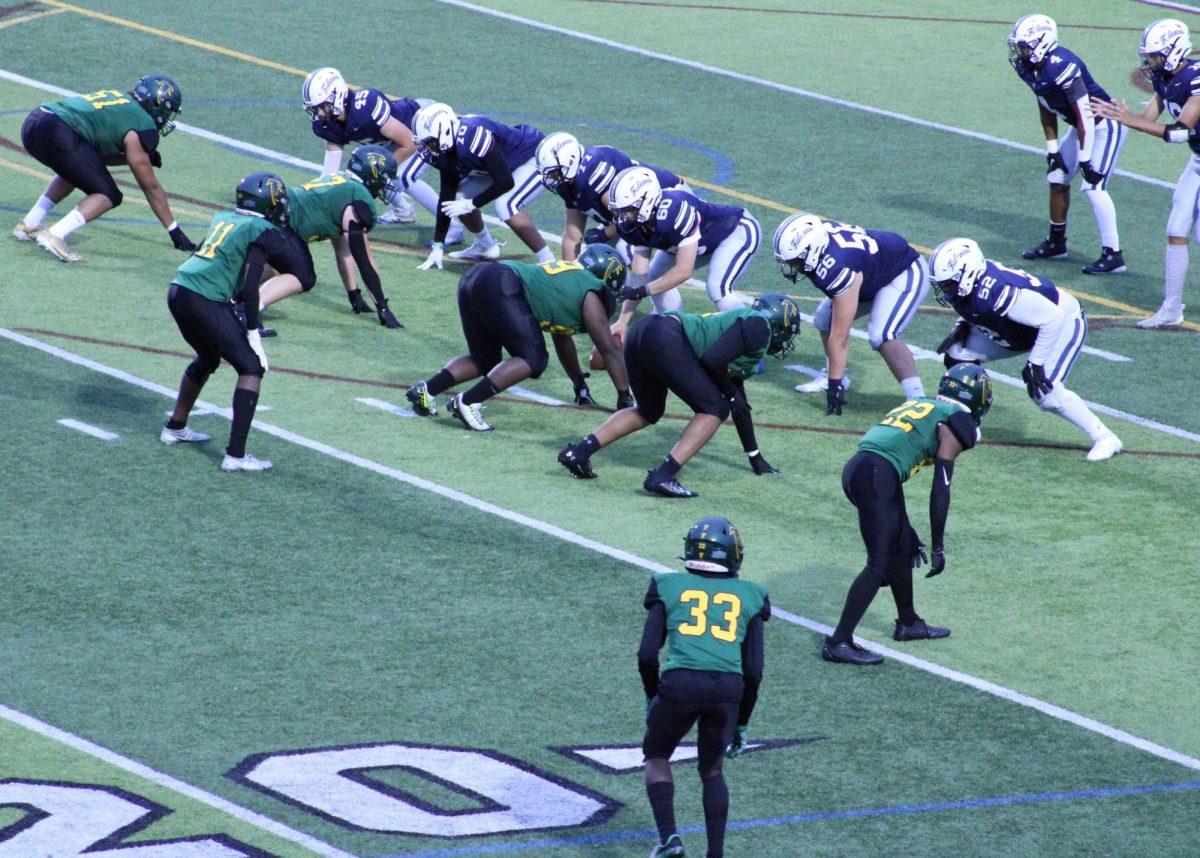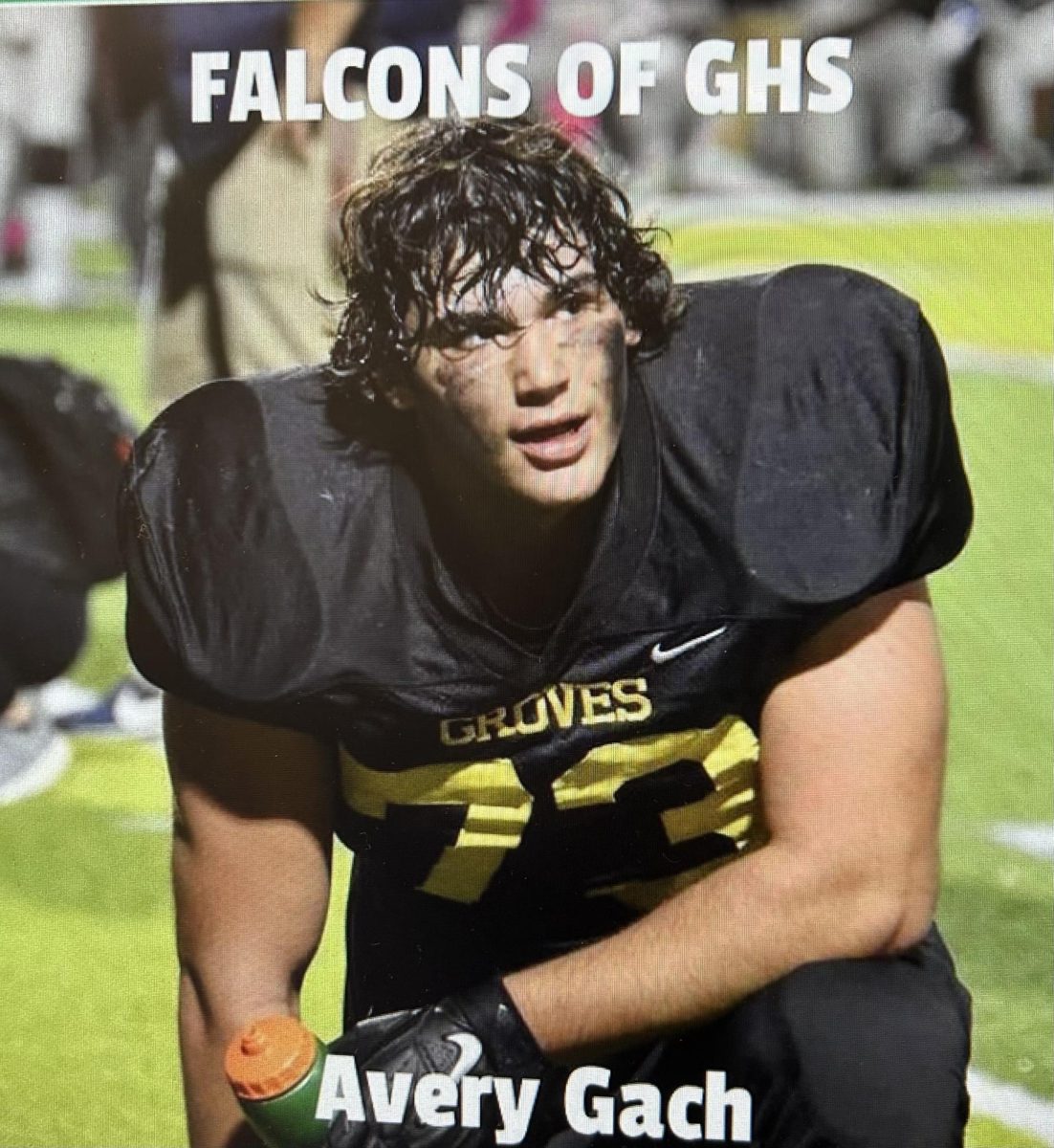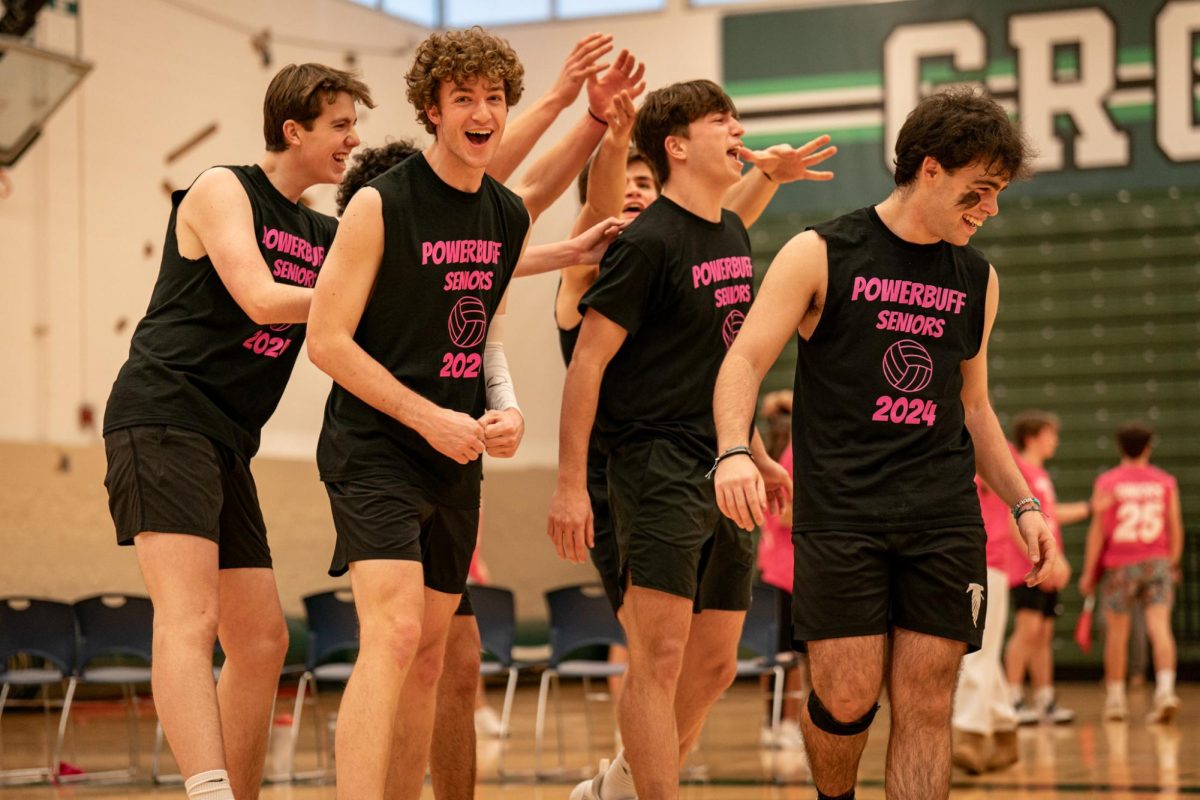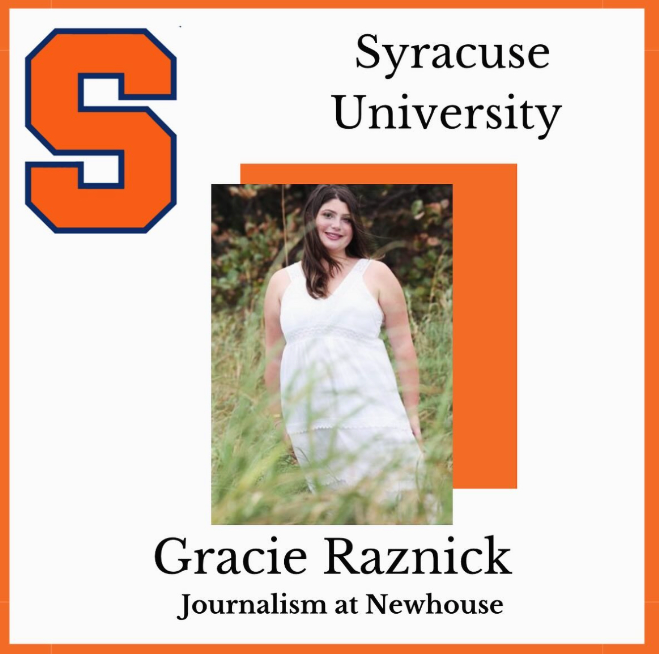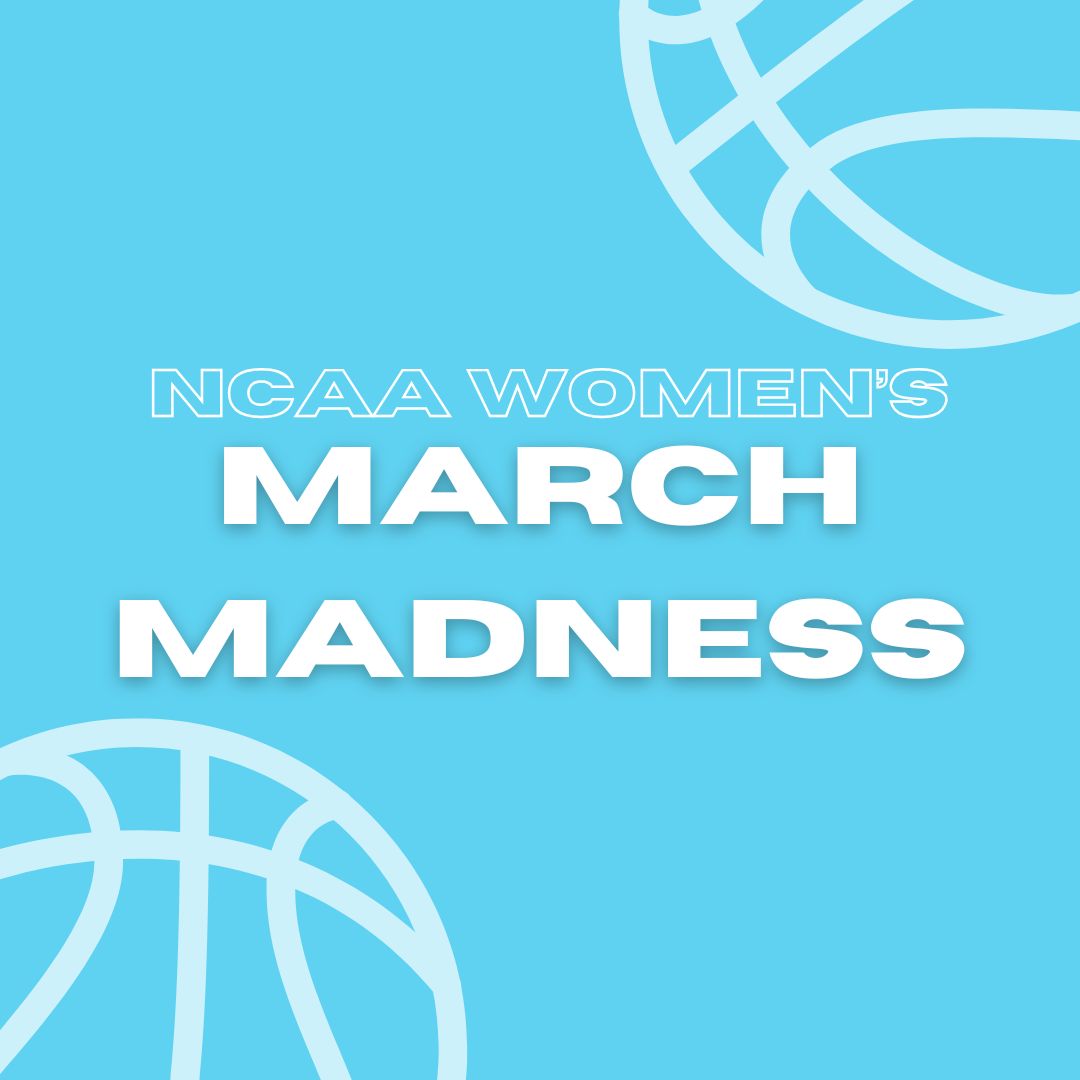Women have played in the March Madness tournament since 1982, only 43 years after the men’s tournament was founded. So why is it so much less popular than the men’s bracket? or is it? In the 2024 tournament, the men’s final game with the matchup of the University of Connecticut versus Purdue had 14.82 million viewers tune in throughout the game. However, the women’s final with Iowa against South Carolina had 18.87 million viewers, many of whom seemed to be thanks to Caitlin Clark, a former University of Iowa basketball player. But, is it just the Caitlin Clark effect? Or are women’s sports finally starting to take a step toward gaining the popularity that they have been seeking for decades?
Time and time again you hear that “women’s sports are boring” and “men are just more athletic,” but why is that people’s first impression? Women’s games appear to be slower, they aren’t as tall so they can’t dunk or get down the court in just two dribbles, but what they lack in physical features they make up for in technique.
Women’s basketball tends to be a faster-paced game but in a different way. It is more technical, including more offensive plays with easier two-point buckets scored compared to three-pointers attempted.
This plays a big role in why Caitlin Clark took the league by storm. Playing like more of a traditional men’s player, Clark was shooting threes from the logo, not allowing time to run the offense every single possession. Instead, she took control of the game in a way that allowed viewers to be more engaged and have a more entertaining game to watch. This year, now that Clark has gone to a professional team, the other teams in the tournament face the challenge of how to attract viewers to their games without the hype of Clark.
The overall number one seed of the tournament is UCLA, having a breakout year reaching 30 wins with a goal of making it to their first-ever NCAA final four and the chance for a national championship. Not far behind are teams with all-star players like the University of Southern California led by sophomore JuJu Watkins or the University of Connecticut led by senior Paige Buekers, both hoping their team will be the one to stand within the confetti and celebrate the national title victory. With a season-ending injury during the second round of games, Watkins tore her ACL, taking her out of the game and possibly causing an effect on her seasons to come. The defending champions, the University of South Carolina, have lost a total of four games in the past three seasons. Not getting the overall top seed puts a chip on their shoulder and motivates them to want to prove themselves throughout the tournament.
Women don’t appear to lack the talent or skill to obtain the same number of views as men, yet their numbers are consistently lower in almost every single game of the season year after year. Part of the problem seems to be that the women’s tournament does not receive nearly as much publicity as the men’s.
When you go onto the March Madness app or any website to stream or create a bracket, the first thing you see is the men’s tournament. In order to find women’s games or create a bracket you have to go looking for it and even then it’s not always easily accessible.
It’s not just the streaming sites, but even news publications tend to only cover the men’s play throughout the tournament or at least that’s all they advertise. You will most likely only find coverage for the women’s games on more popular and sports-centered websites like ESPN and NCAA and if anyone else does cover them, they are hidden within the website.
Even on social media platforms, brands seem to use this time to promote themselves through things like making brackets. It is never specified whether they are making men’s or women’s brackets, it is just universally understood that when you make a bracket it is for the men’s game, unless you specify otherwise.
The tournament came to an end on April 7, 2025, naming the University of Connecticut (UConn), the 2025 national champions. After dominating each game, often winning by a 20-point or more margin, the Huskies defeated the University of South Carolina 82-59. Even though most teams fell short of the championship they seeked, this year was another big step toward opening the public to women’s basketball.




